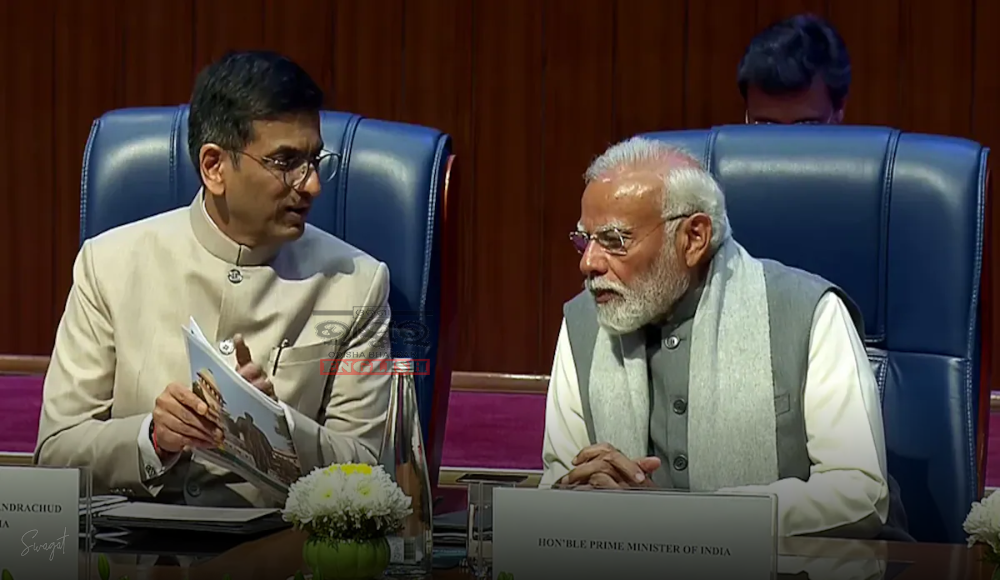New Delhi: Marking a historic 75th year, the Supreme Court of India announced today a wave of digital transformations aimed at boosting accessibility, efficiency, and real-time judicial monitoring. Chief Justice D.Y. Chandrachud, addressing a gathering of legal stalwarts, unveiled plans to migrate the court’s vast data to a secure cloud infrastructure and make all judgments freely available online.
As part of this digital transformation, the Supreme Court plans to make judgments freely accessible to the public in a user-friendly digital format. This initiative will involve digitizing all 519 volumes of Supreme Court reports since 1950, covering a total of 36,308 cases, with open access.
Prime Minister Narendra Modi inaugurated the anniversary celebrations, during which a new Supreme Court website was also launched. Chief Justice Chandrachud highlighted the historical significance of the Constitution, stating, “It was through the Constitution that people gave it to themselves this court. The Constitution is about mutual respect towards fellow citizens.”
Looking ahead, he mentioned the imminent establishment of a technology-equipped war room allowing real-time monitoring of judicial data nationwide. Additionally, Chief Justice Chandrachud disclosed the digitization of passes through the Suswagatam app, facilitating online registration for court proceedings and meetings with lawyers.
Addressing positive developments in the legal profession, he noted the increasing presence of women professionals, constituting 36% of the district judiciary. The Chief Justice revealed that over 50% of recently selected candidates and 41% of law clerks assisting judges are women. Notably, the Supreme Court designated 11 women lawyers as senior advocates last week.
In his concluding remarks, Chief Justice Chandrachud urged the judiciary to address structural issues such as case pendency, outdated procedures, and the culture of adjournments. He called for a shift from an adjournment culture to professionalism, emphasized timely judicial outcomes, advocated for a level playing field for first-generation lawyers, and initiated a conversation on alternatives to long vacations for lawyers and judges, such as flexitime.




Comments are closed.